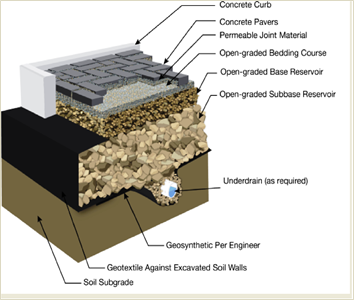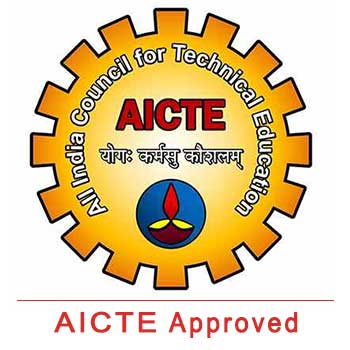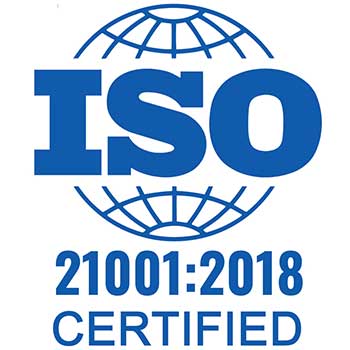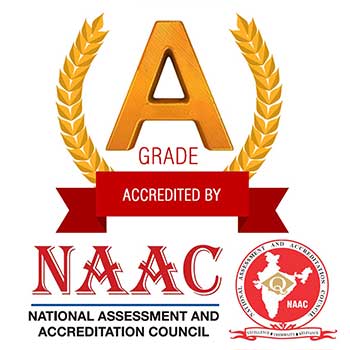Highway Network Management System - Part 1

A highway is a public road, and especially a major road which connect two or more destinations. Any interconnected set of highways can be variously referred to as a "highway system", a "highway network", or a" highway transportation system”. The history of highway engineering gives us an idea about the roads of ancient times, and recent times. However, the roads in Rome were constructed in a large scale and it radiated in many directions helping them in military operations; thus they are considered to be pioneers in road construction.
While the modern roads by and large follow Macadam's construction method, which is to use bituminous concrete and cement concrete as the most important developments; however various advanced and cost-effective construction technologies are used; and developments of new equipments help in the faster construction of roads. Many easily and locally available materials are tested in the laboratories and then implemented on roads for making economical and durable pavements.
Scope of transportation system has developed very largely; and the population of the country is increasing day by. Though the lifestyle of people began to change; the need for travel to various places at faster speeds has also been increased. This increase in the demand led to the emergence of other modes of transportation like railways and travel by air. Whereas the above development in public transport sector was taking place, and the development in private transport was at a much faster rate mainly because of its advantages like accessibility, privacy, flexibility, convenience and comfort. These are the reasons which led to a increase in vehicular traffic in particular in private transport network. Thus, the road space available was becoming inadequate to meet the growing demand of traffic and overcrowding started. In addition, chances for accidents also increased. This has lead to increased attention towards control of vehicles so that the transport communications was optimally used. They were, various control measures like traffic signals, providing Roundabouts and medians, limiting the speed of vehicle at specific zones etc. were implemented.
However, with such advancement of better roads and efficient controls, more and more investments can be made in the road sector especially after the World Wars. These were large projects requiring large investments. If we see for optimal utilization of funds, one should know the travel pattern and travel behavior; this will lead to the emergence of transportation planning and demand management.
Modern Soil Stabilization Techniques
The stabilization of naturally happening or natives oil has been performed by millennia. Whereas, Mesopotamians and Romans individually discovered that it was possible to improve the ability of pathways to take heavy or light traffic by mixing the weak soils with a stabilizing agent like pulverized lime stone or calcium. This was the first chemical stabilization of weak soils to improve their load-carrying capacity.
Successful modern soil stabilization techniques are necessary to guarantee adequate sub-grade stability, especially for weaker and wetter soils. It is widely recognized that selection between cementitious stabilizing agents cement and lime is based on the Plasticity Index -PI of the primary soil type being enhanced.
Stabilization with Cement CTB -Cement Treated Base
According to the PCA - Portland Cement Association, Cement Treated Base has provided economical, long lasting pavement foundation. However, these structures have combined soil and or aggregate with cement and water which compacted to high density. The advantages of cement stabilization are several:
- Cement stabilization increases the base material strength and rigidity, which reduces deflection due to the traffic loads. This delays surface distresses such as fatigue, cracking and extends pavement structure life.
- Cement stabilization provides uniform and strong support, which results in reduced stresses to the sub-grade. Testing indicates a thinner cement-stabilized layer can reduces tresses more effectively than a thicker un-stabilized layer of aggregate. This reduces sub-grade failure, pot-hole formation and rough pavement surface.
- Cement stabilized base has greater moisture resistance to keep water out; this maintains the higher strength of the structure.
- Cement stabilization reduces the potential for pumping of sub-grade fines.
- Cement stabilized base spread loads and reduces sub-grade stress.





